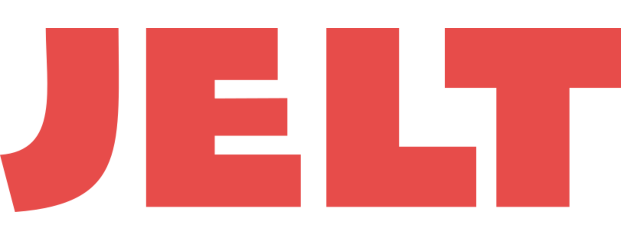Abstract
Autonomous Artificial Intelligence (henceforth AI) applications indicate extraordinary capabilities that completely alter our daily lives. Nonetheless, during and as a result of their operation, numerous incidents of human-rights violation have already been observed, thus, jeopardizing their public acceptance and further evolution. The main reason for this lies in the inherent opacity of autonomous AI systems, which constitutes the so-called black-box problem or black-box effect. To eliminate this effect, the scientific community often suggested that ‘transparency’ should be the appropriate tool to that end. Indeed, the volume of academic research conducted on the topic of AI transparency rapidly increased during the 21st century, urging even the European legislator to adopt harmonized rules of law regarding transparency in high-risk AI systems, among others. Nonetheless, neither is transparency’s semantic context adequately defined, nor are its possible adverse effects exhaustingly explored. Consequently, concerns are raised regarding AI transparency’s effectiveness. However, these concerns do not minimize the importance of transparency for the future of AI; they actually propose a different means of AI being perceived by the scientific community. Namely, taking into account that AI is per definition a multidisciplinary field, constituted both of computational and cognitive sciences, its transparency should accordingly have a dual meaning: first, a literal one, which would correspond to the technicalities of the decision-making procedure in an autonomous AI system; and second, a figurative one, which would refer to the necessity of fully comprehending the outcome of this procedure and, more importantly, of the human right to object to the decisions reached at by the autonomous AI system, ex ante or ex post. Subsequently, embedding transparency in AI should rather account for fostering a human-on-the-loop and a human-in-command approach than focusing only on a human-in-the-loop approach.
Keywords
Download
Papadouli V. (2022) "Transparency in Artificial Intelligence: A Legal Perspective
", Journal of Ethics and Legal Technologies, 4(1), 25-40. DOI: 10.14658/pupj-JELT-2022-1-3
Year of Publication
2022
Journal
Journal of Ethics and Legal Technologies
Volume
4
Issue Number
1
Start Page
25
Last Page
40
Date Published
05/2022
ISSN Number
2612-4920
Serial Article Number
3
DOI
10.14658/pupj-JELT-2022-1-3
Issue
Section
Articles

 © 2025 Padova University Press - Università degli Studi di Padova
© 2025 Padova University Press - Università degli Studi di Padova